After last season’s goalscoring heroics, emerging statistics show how Liverpool have lost their touch in front of goal this term.
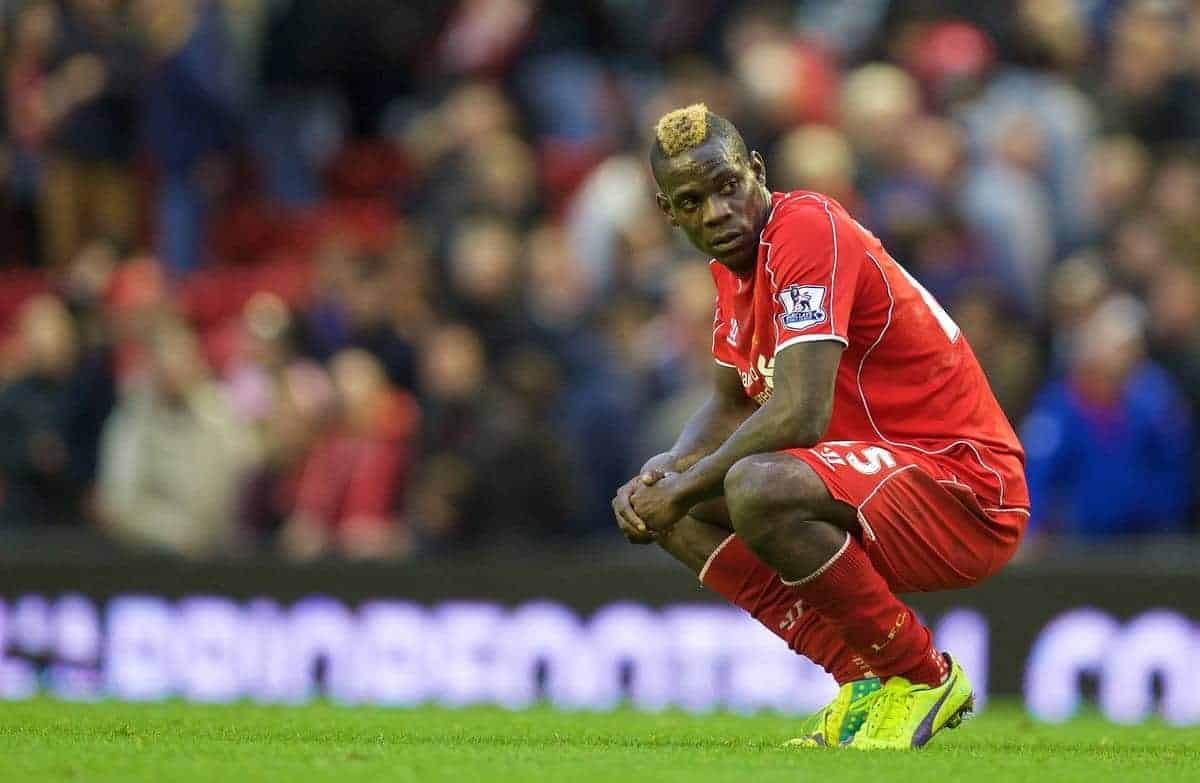
Comparing this season’s league table with that of 2013/14, it is clear that Liverpool have lost their goalscoring touch: in 30 games, the Reds have scored just 44 goals, whereas they put away 101 last season.
Manager Brendan Rodgers will likely be addressing this situation as he looks to the summer transfer window.
But just how have Liverpool lost so many goals?
Statistics, courtesy of Bleacher Report, show some of the most important areas in which Liverpool have declined in terms of goals this season:
Liverpool goal statistics for 2013/14
Games: 38
Goals: 101
Goals per game on average: 2.66
Games with 3+ goals scored: 21 (55 per cent)
Goals from set pieces (free-kicks, corners, throw-ins, penalties): 36 (36 per cent)
Headed goals: 14 (14 per cent)
Top three goalscorers: Luis Suarez (31), Daniel Sturridge (21), Steven Gerrard (13)Liverpool goal statistics for 2014/15
Games: 30
Goals: 44
Goals per game on average: 1.47
Games with 3+ goals scored: 5 (17 per cent)
Goals from set pieces (free-kicks, corners, throw-ins, penalties): 7 (16 per cent)
Headed goals: 4 (9 per cent)
Top three goalscorers: Raheem Sterling/Steven Gerrard (6), Jordan Henderson (5), Adam Lallana/Daniel Sturridge/Philippe Coutinho (4)
Last season’s average of goals per game was 2.66, while this season the Reds have managed to score just 1.47 goals on average per game.
Much can be pinned on the sale of Luis Suarez in the summer, and the subsequent long-term injuries of Daniel Sturridge—Suarez contributed 31 goals last term, while Sturridge scored 21.
This season’s highest goalscorers are Raheem Sterling and Steven Gerrard, who have both scored six; Gerrard’s tally for last season was 13.
In 2013/14, Liverpool were renowned for their overwhelming attacking prowess, and would routinely overrun opponents, scoring more than three goals in a game 21 times, representing 55 percent of their league encounters.
This season is a much different story—Liverpool have scored more than three just five times, or 17 percent of league games played.
In terms of home attacking form, this has dropped from 58 percent for last season to just 13 percent so far in 2014/15.
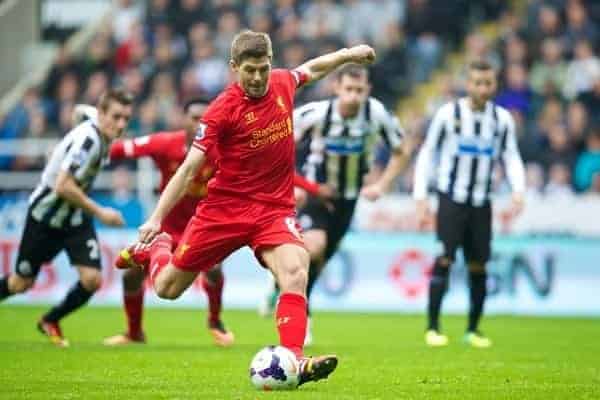
It’s not just in Rodgers’ side’s attacking play, however. There has been a significant drop in set-piece goals scored this season, too.
Last season, goals scored directly or indirectly from free-kicks, corners, throw-ins and penalties stood at 36, or 36 percent of their overall goals scored.
This season, Liverpool have scored just seven goals from set-piece situations, amounting to 16 percent of their overall goals scored.
Stemming from this, the number of headed goals scored has also dropped this season from 14 (14 percent) to four (nine percent).
The struggles of Sturridge with fitness and in Suarez’s absence, and the ineffective displays of Mario Balotelli, Rickie Lambert and Fabio Borini count for a large proportion of Liverpool’s attacking woes this season, but in their depreciation in set-piece and headed goals, it seems the Reds have lost their overall goalscoring touch.
Statistics via Squawka.
How can Brendan Rodgers address Liverpool’s poor goalscoring form this summer? Let us know in the comments below.
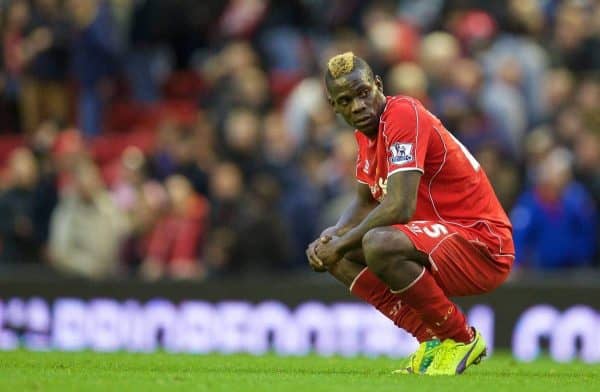





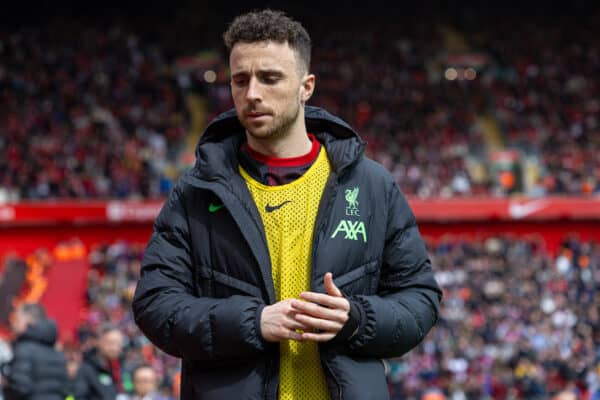

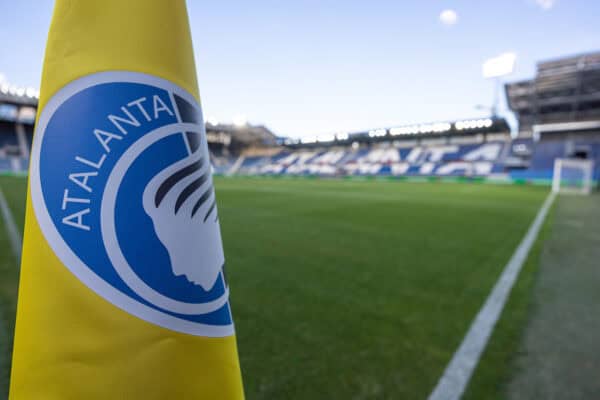


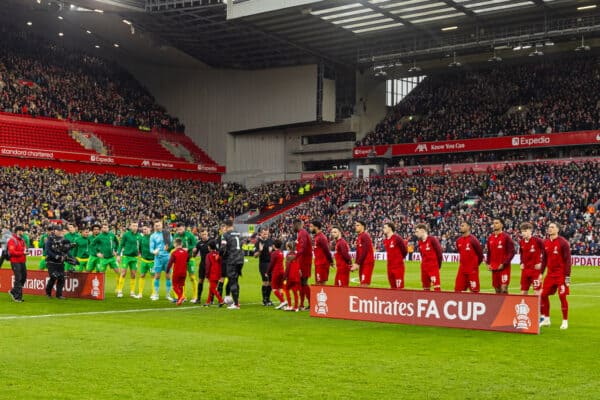
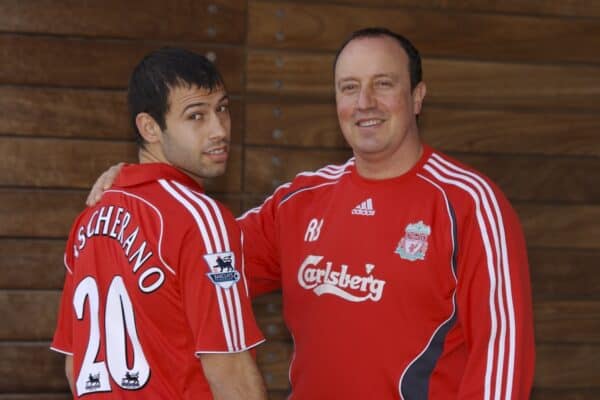

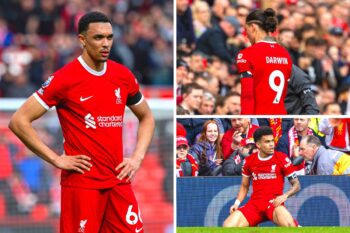

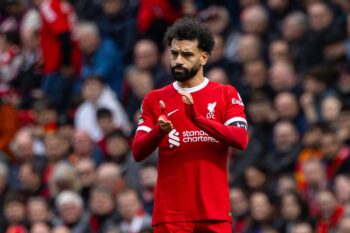
Fan Comments